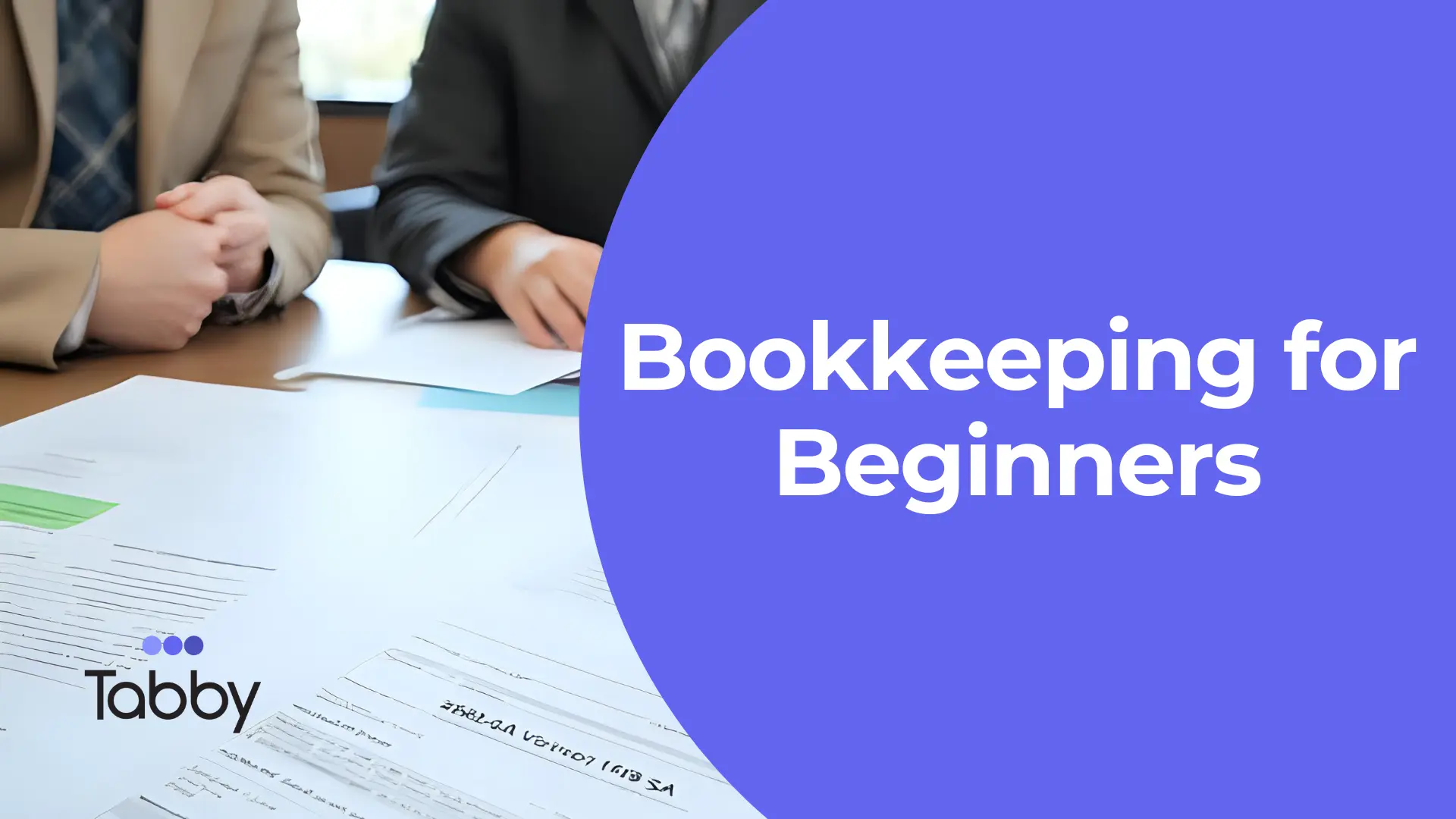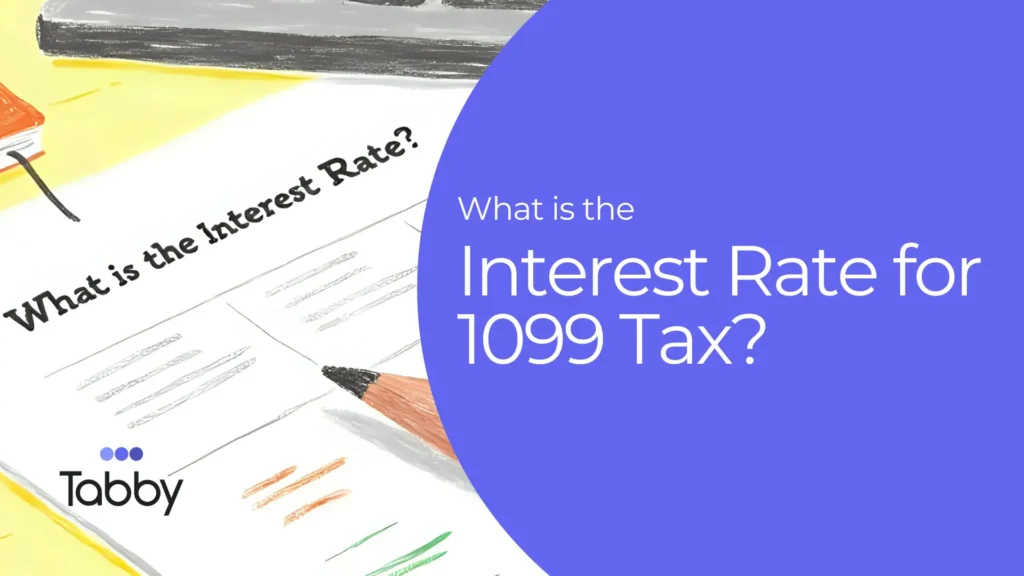- Financial Planning,
- Finance,
- Small Business,
- | May 8, 2025
Bookkeeping for Beginners: A Step-by-Step Guide for Small Business Owners

Bookkeeping might sound intimidating at first, but it’s one of the most important aspects of running a successful small business. Keeping your financial records in order helps you track income, expenses, and profitability. Plus, it keeps you compliant with tax laws.
If you’re new to bookkeeping, don’t worry. This step-by-step guide will walk you through the essentials so you can stay organized from day one.
A Step-by-Step Guide for Bookkeeping for Beginners
Step 1: Understand the Basics of Bookkeeping
At its core, bookkeeping is all about recording financial transactions, categorizing them, and making sure everything is accurate.
The key elements include:
- Income tracking: Record all sales and revenue streams.
- Expense tracking: Document every business-related expense.
- Accounts payable and receivable: Manage invoices and payments.
- Bank reconciliation: Make sure your records match your bank transactions.
- Financial reporting: Generate statements like profit and loss (P&L) and balance sheets.
Step 2: Choose a Bookkeeping System
There are two main bookkeeping methods:
- Single-entry bookkeeping: Simple and straightforward. Record income and expenses once. Great for small businesses with basic transactions.
- Double-entry bookkeeping: More accurate. Every transaction is recorded in two accounts (debits and credits). Recommended if your finances are more complex.
You can go old-school with spreadsheets or use digital accounting software. The right system depends on your business and comfort level.
Step 3: Open a Business Bank Account
Mixing personal and business finances? Don’t. It complicates bookkeeping and taxes.
Solution: Open a dedicated business bank account and, ideally, a business credit card. This keeps things clean and makes tracking income and expenses a breeze.
Step 4: Track Income and Expenses
Every transaction matters. Categorize expenses properly to make reporting and tax time easier. Common categories include:
- Rent and utilities
- Office supplies
- Advertising and marketing
- Travel expenses
- Employee salaries and wages
Pro tip: A bookkeeping app or accounting software can automate this for you, saving time and reducing errors.
Step 5: Keep Receipts and Documentation
The IRS requires businesses to keep financial records for at least three years. That includes receipts for purchases and other business expenses.
Digital tools can help. Scan receipts and store them safely so you have proof when it’s time to file taxes or during an audit.
Step 6: Reconcile Bank Statements Monthly
Reconciling ensures your records match your bank statements. This helps detect errors, prevent fraud, and maintain accuracy.
Compare your bookkeeping records with your bank statement every month. Resolve discrepancies as soon as you spot them.
Step 7: Generate Financial Reports
Financial reports give you a clear picture of your business’s health. The main reports to check regularly:
- Profit & Loss Statement (Income Statement): Shows revenue, expenses, and net profit.
- Balance Sheet: Displays assets, liabilities, and equity.
- Cash Flow Statement: Tracks money coming in and going out.
These reports aren’t just numbers; they guide smart business decisions.
Step 8: Prepare for Taxes
Accurate bookkeeping makes tax season much easier. Track deductible expenses, organize records, and consult an accountant if needed. This helps you file correctly and avoid paying more than you need to.
Bookkeeping might feel overwhelming at first. But by taking it step by step, it becomes manageable. Whether you do it manually or use software, staying organized is the key to running a healthy, successful business.
Want to make bookkeeping easier? Try Tabby today and automate your income tracking, expense categorization, and tax-ready reports.



